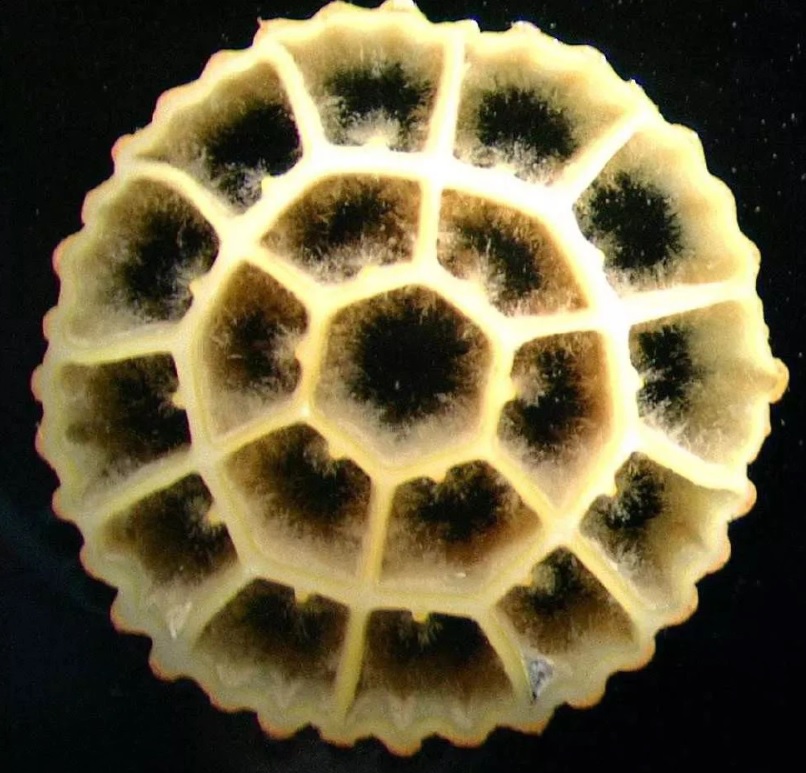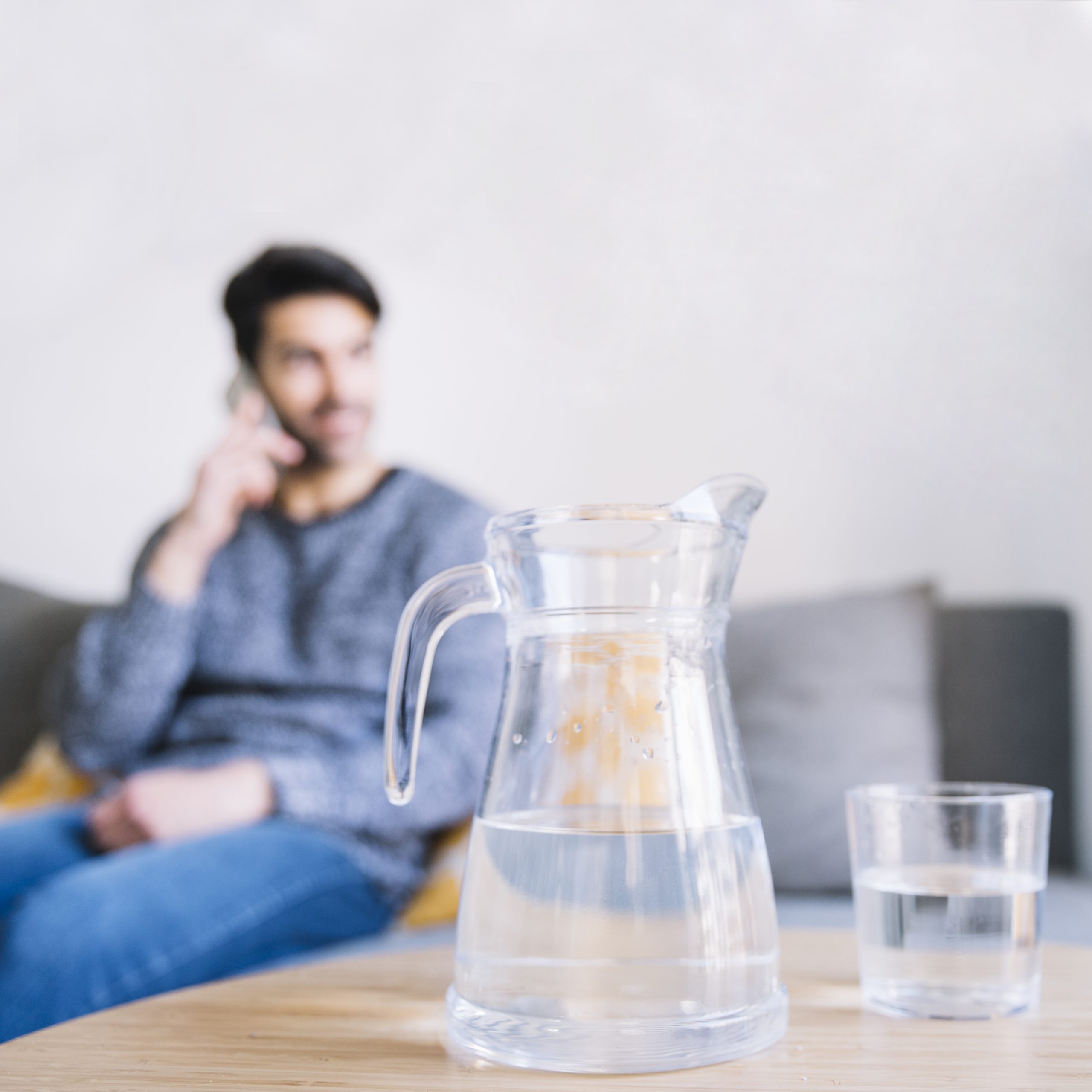
MBBR technology and its usage in wastewater treatment
MBBR technology, or membrane moving bed technology, is another technology widely used in wastewater treatment. It uses a moving layer of support material, such as plastic or ceramic, to grow microorganisms that biologically decompose pollutants in the treated water. MBBR technology is also easy to operate and provides high efficiency in separating pollutants. The pollutant removal efficiency is optimal and the treated water is of constant quality. The pollutant removal efficiency is very high and the treated water is of high quality.
At Carewater Solutions, we are keen to provide all water solutions with the latest types of technology at unparalleled prices and quality.
Advantages of the sewage treatment plant using MBBR technology
Cost effectiveness:
- Very small initial cost compared to other treatment methods.
- Ability to process larger discharges in smaller pond volumes compared to conventional treatment methods.
- Very low operating cost.
- Because it produces less sludge than other methods, it is very cost-effective for sludge treatment.
Quick installation:
- Because the size of the station is like the size of a standard shipping container.
- A detailed design is made for each individual station based on site and client requirements.
- The sewage treatment plant is manufactured in a short period of time and installed on site within three days.
Simple operation:
- MBBR treatment requires simple, standard existing plant operation and minimal maintenance.
Continuous and stable:
- Treatment with MBBR technology always gives stable results in summer and winter.
- Improvement of sedimentation properties.
- It has high resistance and fast recovery from hydraulic and toxic shocks.
- Active Cell Bio Media has a long lifespan and does not require replacement.
Environmentally friendly:
- It has high efficiency and low electrical energy consumption.
- The station can operate with solar panels in the absence of an electrical power source on site.
- The plant performs the treatment without unpleasant odors or flying insects.
- The treatment is done quietly and without noise.
Factors to consider when choosing MBBR technology
There are a wide range of factors that influence the design of a wastewater treatment plant and the choice of technologies that will be part of it. That is why it is important to analyze the specific characteristics of each case, as well as the needs and goals raised by the client.
Although the choice of one technique or another depends on the specific needs of the project and there is no formula that can be applied in general, there are a series of conditions that are usually met in most cases:
- Required quality of treated water: Treated water can be reused in production processes and in other applications such as washing, irrigation, sanitary networks, etc.
- Wastewater Composition: The composition of wastewater indicates the types of pollutants to be treated and how much they are present in the effluent. MBBR technology can provide better performance in wastewaters that are not as complex and require simple processes, such as reducing COD or BOD.
- Wastewater volume: MBBR technology has higher hydraulic capacity and can treat more cubic meters per day.
- Installation and Operating Costs: Design, construction, operation, and maintenance costs are important factors in selecting a wastewater treatment system. MBBR technology usually has a higher cost in its design and construction but offers lower operating and maintenance expenses.
- Environmental conditions: Local environmental conditions, such as temperature, humidity, and the presence of chemicals, can also affect system selection.


























